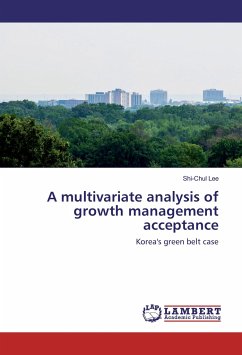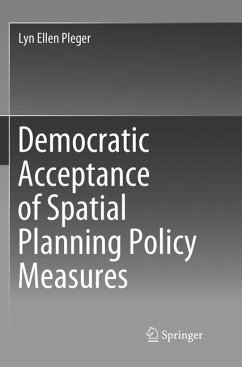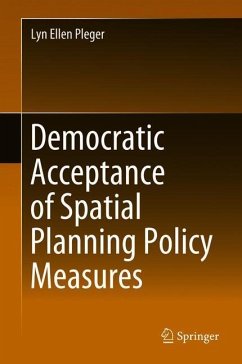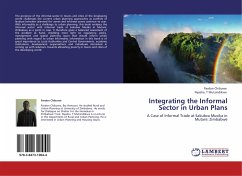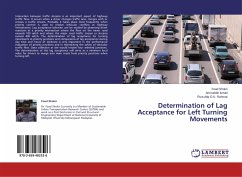
Determination of Lag Acceptance for Left Turning Movements
Versandkostenfrei!
Versandfertig in 6-10 Tagen
24,99 €
inkl. MwSt.

PAYBACK Punkte
12 °P sammeln!
Interaction between traffic streams is an important aspect of highway traffic flow. It occurs when a driver changes traffic lane, merges with or crosses a traffic stream. Probably it takes place most frequently when priority control is used to resolve vehicular conflicts at highway intersections. Lag acceptance behavior can be studied by observing driver reactions at a priority intersection where the flow on the minor road exceeds 100 veh/h and where the major road traffic stream or streams exceed 400 veh/h. The determination of lag acceptance for turning movements at priority junctions and co...
Interaction between traffic streams is an important aspect of highway traffic flow. It occurs when a driver changes traffic lane, merges with or crosses a traffic stream. Probably it takes place most frequently when priority control is used to resolve vehicular conflicts at highway intersections. Lag acceptance behavior can be studied by observing driver reactions at a priority intersection where the flow on the minor road exceeds 100 veh/h and where the major road traffic stream or streams exceed 400 veh/h. The determination of lag acceptance for turning movements at priority junctions and comparisons of lag acceptance during day time and hours of darkness is very important in the performance evaluation of priority junctions and in maintaining the safety of vehicular traffic flow. Data collection at site would involve four selected junctions. The determination of the lag acceptance will serve as a minimum local value for drivers to merge into main roads from priority junctions when turning left.



